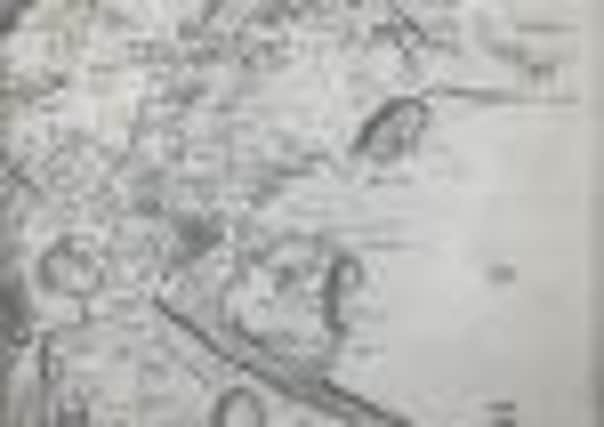ROGER FROST: The days when Burnley was just a village


We need a Census – one has taken place every 10 years since 1801 – to assess how many people live in the country and in our town. We will find out how people live their lives, how they get to and from work and how many children they have. From this, an assessment can be made of what services – schools, hospitals, housing, roads and emergency services – are needed not only nationally but in any given area.
Censuses also have a bearing on how local government is funded. The government grants to both the county and borough councils are partly determined by the population of these areas. At a more local level, the grants which Burnley Council makes available to its seven town and parish councils fall into the same category.
Advertisement
Hide AdAdvertisement
Hide AdIt is important we know how many people live in our town. This has long since been the case and, since 1801, the census has been of great help. There are, though, a number of problems which make interpretation of the figures quite difficult and the most important of these is that the boundaries of any one authority rarely remain unaltered for long.
When the first census was undertaken Burnley was little more than a rural village. This can be understood best if we look at Burnley on a map which was published in 1786, only 15 years before the first enumerators got to work. I will acknowledge Burnley did grow a little in those years but you can see how small the place was about the time of that first census.
From the map it appears Burnley only had two or three streets. These would have been the streets we now know as Church Street, St James’s Street and Yorkshire Street though, apart from the first, these were not the names used in those days. It is known there were other streets which are not shown on this map – Finkle Street and Hall Street existed at this time – but the point about how small Burnley was is beyond question.
If you want to determine the area of this old map which is now covered by modern Burnley find the following names which are now absorbed into the town. In a clockwise direction, they include; Fulidge (Fulledge), Coal Clough, Gannow Clough, Rose Grove, Palace House, Ighton Hill Park (Ightenhill), Dean House (Daneshouse); Pheasant Ford (Heasandford) and Lane Head. Burnley has expanded to cover all of these areas and many of them were not in the original township.
Advertisement
Hide AdAdvertisement
Hide AdWhen the first figures were produced the township of Burnley, a larger area than the town, was shown to have a population of 3,918 but this figure is open to question as it may have included families living in Briercliffe and, more likely, Habergham Eaves. The town itself, the area around St Peter’s, would have had less than 2,000 inhabitants, a very small place indeed.
There was not much of an advance by 1811 when the population of the township was 5,405 and there was continued, but unspectacular, growth by 1821 when the population gad risen to 8,242. In 1831 Burnley, at 10,026, had grown to a size comparable with modern Padiham. By 1841 the population of the town had grown to 14,228 and 10 years later it had rise to more than 20,000 for the first time.
1861 was a very important one in the history of the town. It was than Burnley became a borough but the population, though it had grown, was still only 28,700. This represented a 38% growth rate in the 10 years between 1851 and 1861 but other towns were growing faster. Blackburn, for example, saw more than 16,000 added to its population in the same years.
It was in the latter years of the 19th Century that Burnley started to catch up. By 1871 the population had reached 41,000; 1881, 59,000; 1891, 87,000; 1901, 97,500 and the peak census year of 1911, 107,000. Of course the population of the town continued to grow but for only a few years. In 1915 the government statistical office produced figures that Burnley’s population was in the region of 113,000.
Advertisement
Hide AdAdvertisement
Hide AdSince then the figures for Burnley have fallen at every census so that by 1961 there were only 80,500 people living in the town. When Burnley ceased to be a county borough in 1974, and based on the 1971 figures, there were fewer than 76,000 in the town. In 1974 Burnley was joined by Padiham, and several “out of townships”, to make the present borough but the population is presently 86,000 at the most.
In Burnley itself there are probably only 56,000, only half the size of the county borough, at its 1915 peak, and not much more than one-third of the population of the present borough, at its peak, again in 1915.
Our town has seen the largest fall in population of any of England’s bigger towns and this is why we all need to fill in the Census documents when they arrive on our doormats in a couple of weeks time.
The figures that result from the Census will determine not only our government grants, which augment the funds collected by the council tax, but schools, hospitals, clinics, new housing and other facilities depend on the Census. Pretty important, I think you will agree.